William Scott
-

How to Resolve Common Steering Problems When Sailing
.
Steering issues while sailing can range from minor inconveniences to serious safety risks. Understanding how to identify and resolve these problems is crucial for a smooth sailing experience. That said, here are some common steering issues you may face and how to troubleshoot them. Unresponsive Steering If the wheel or tiller isn’t responding as it should, then you want to check the rudder for fouling or damage. Occasionally, seaweed, ropes, or debris can become entangled with the rudder which can restrict its movement. If this is the case, you may need to clear the obstruction either by diving down or using a boathook. It’s also possible that…
-
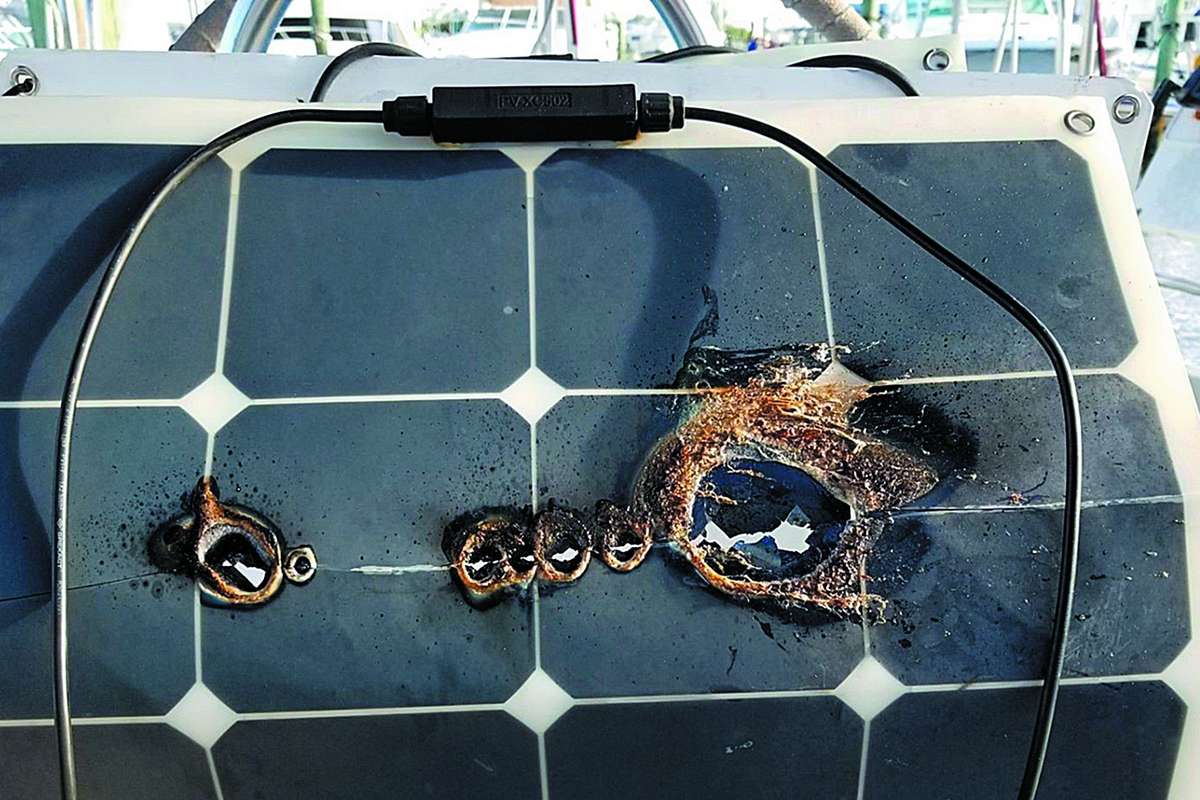
What You Need to Know about the Self-Destruction of Solar Panels
.
Solar energy has become a prevalent feature on various types of sailboats, including both cruising and sports models. These solar panels are not only lightweight and easy to set up but are also a hassle-free way to keep onboard batteries charged. While they generally require low maintenance, there are PLACEHOLDER_LINK_TAG. Output Ratings Versus Real-world Performance Solar panel manufacturers often label their products with STC (Standard Test Conditions) or PTC (PVUSA Test Condition) ratings. These numbers represent an ideal output under perfect conditions – think of a cool day in the tropics with no clouds in sight. However, in real-world conditions,…
-
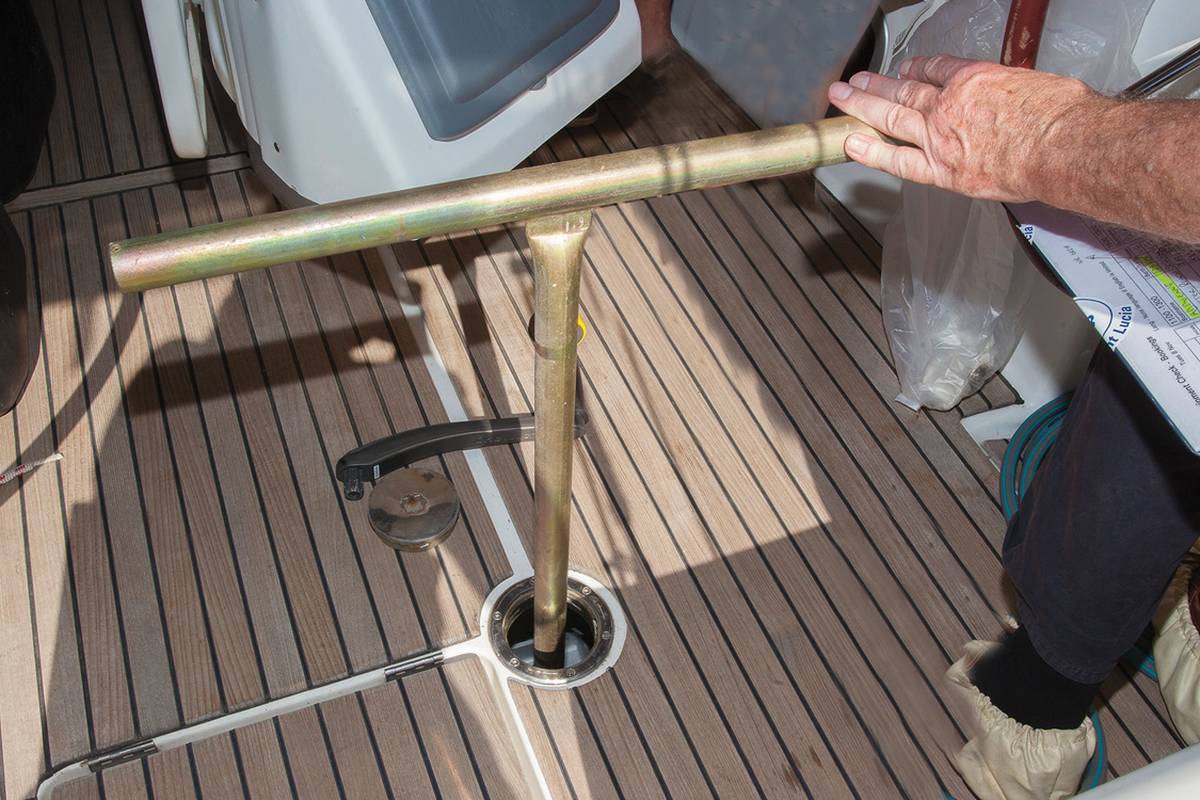
What to Look at When Searching for the Perfect Emergency Tiller
.
Several years ago, we at Marine Electronics set out to evaluate the quality of emergency tillers at various boat shows. These tillers are crucial when the regular steering system fails, often due to a cable break. Despite their importance, our search for a reliable emergency tiller yielded disappointing results. Fast forward to today, and the situation remains largely unchanged. While more robust direct-linkage steering systems have gained popularity, many new boats still feature the less reliable cable-and-sheave systems, accompanied by poorly designed emergency tillers. As such, we have established criteria for what constitutes a well-designed emergency tiller. Whether you have…
-
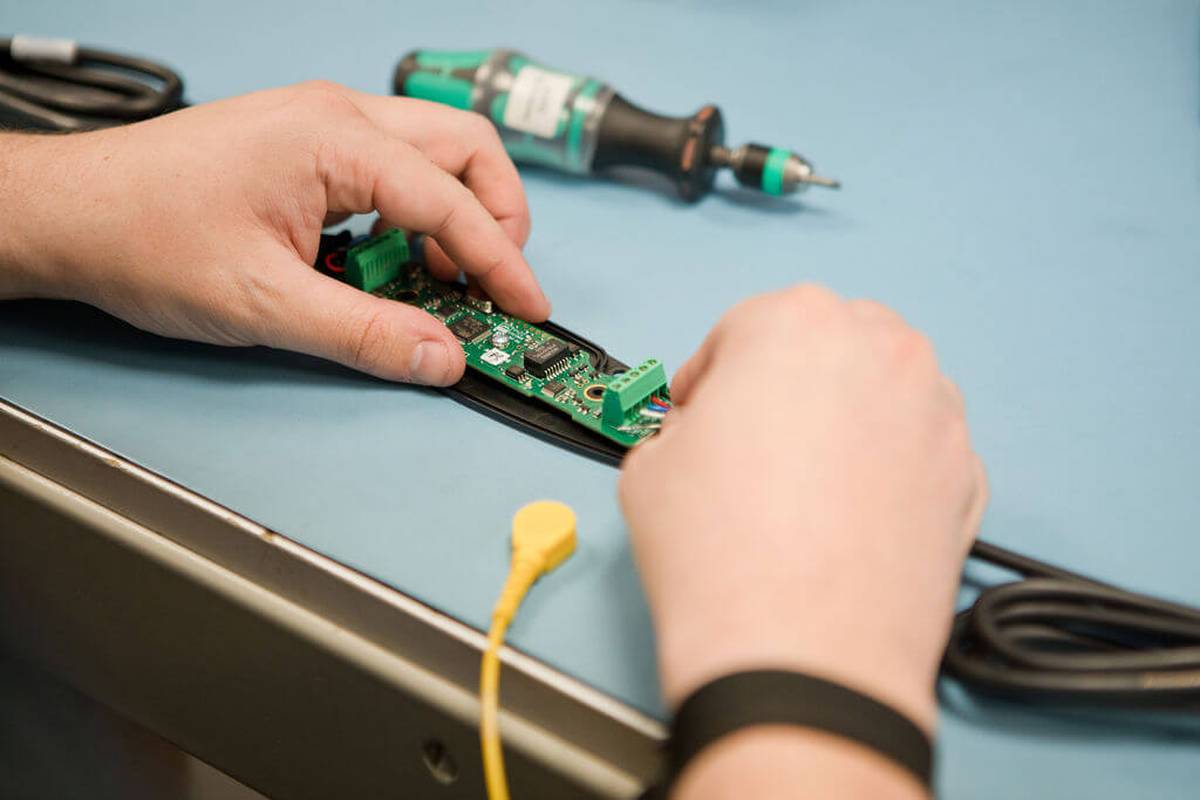
A Guide to Upgrading Your Onboard Electronics Using N2K
.
Marine electronics have come a long way from the early days of basic GPS and rudimentary fish finders. Today’s equipment includes advanced multi-function displays, high-definition radar, autopilots, and other high-tech systems. For a modern vessel, seamless communication between these gadgets is essential. Enter NMEA 2000, a communications protocol that streamlines the way marine devices share information. Upgrading your onboard electronics to NMEA 2000 ensures a unified, efficient, and flexible network. Here’s how to go about it. Why Choose NMEA 2000? https://www.youtube.com/watch?v=8LXsspkNXE4&ab_channel=SVB The NMEA 2000 is an upgrade from its predecessor, NMEA 0183. It allows for a plug-and-play experience with faster data rates…
-
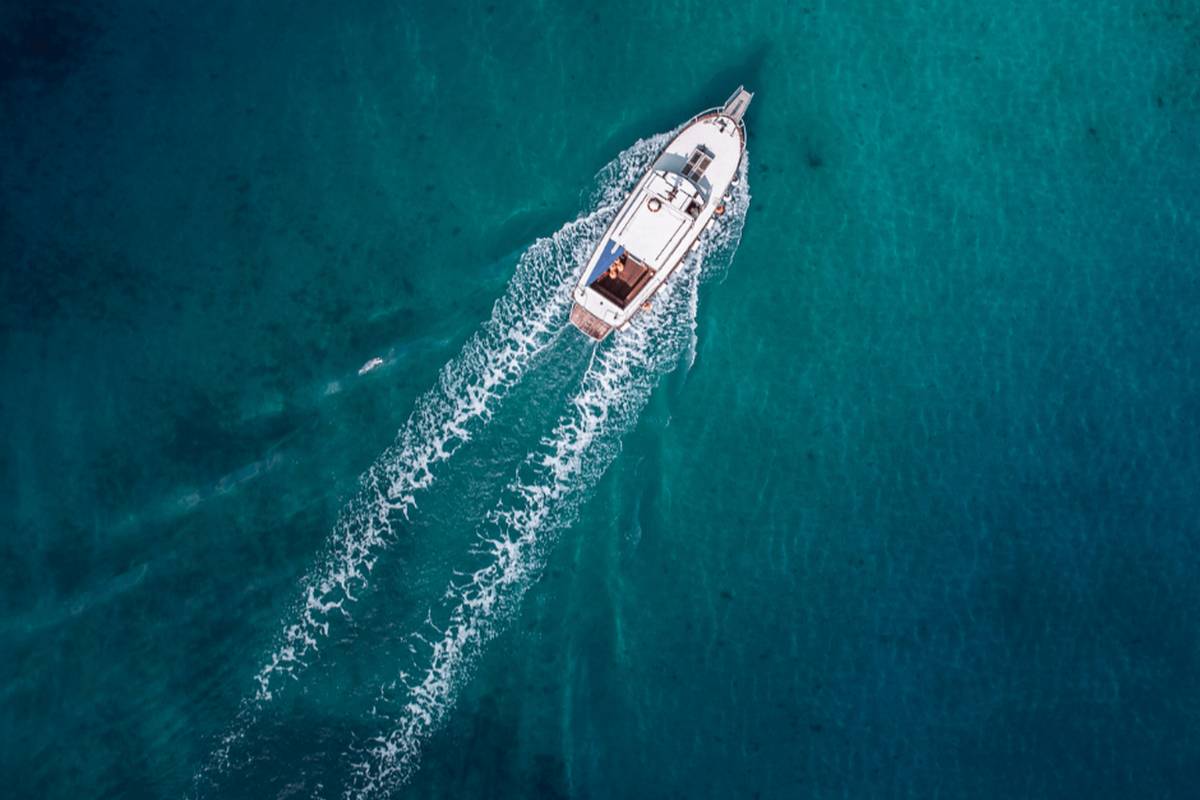
A Quick Look at the NMEA 2000 and Its Evolving Ecosystem
.
The boating industry is seeing a technological revolution in the form of next-generation marine communication standards like NMEA 2000 (N2K) and the PLACEHOLDER_LINK_TAG. Transitioning from the traditional NMEA 0183 standard, these advancements are elevating boating into a more integrated, faster, and ultimately safer endeavor. NMEA 2000: A Quick Overview The NMEA 2K is a substantial upgrade from its predecessor, NMEA 0183, both in speed and networking capabilities. Operating at 250 kilobits-per-second, it’s about 100 times faster than the 4,800 baud of NMEA 0183. Unlike the older standard, N2K networks utilize a central backbone cable to which various sensors and displays…
-
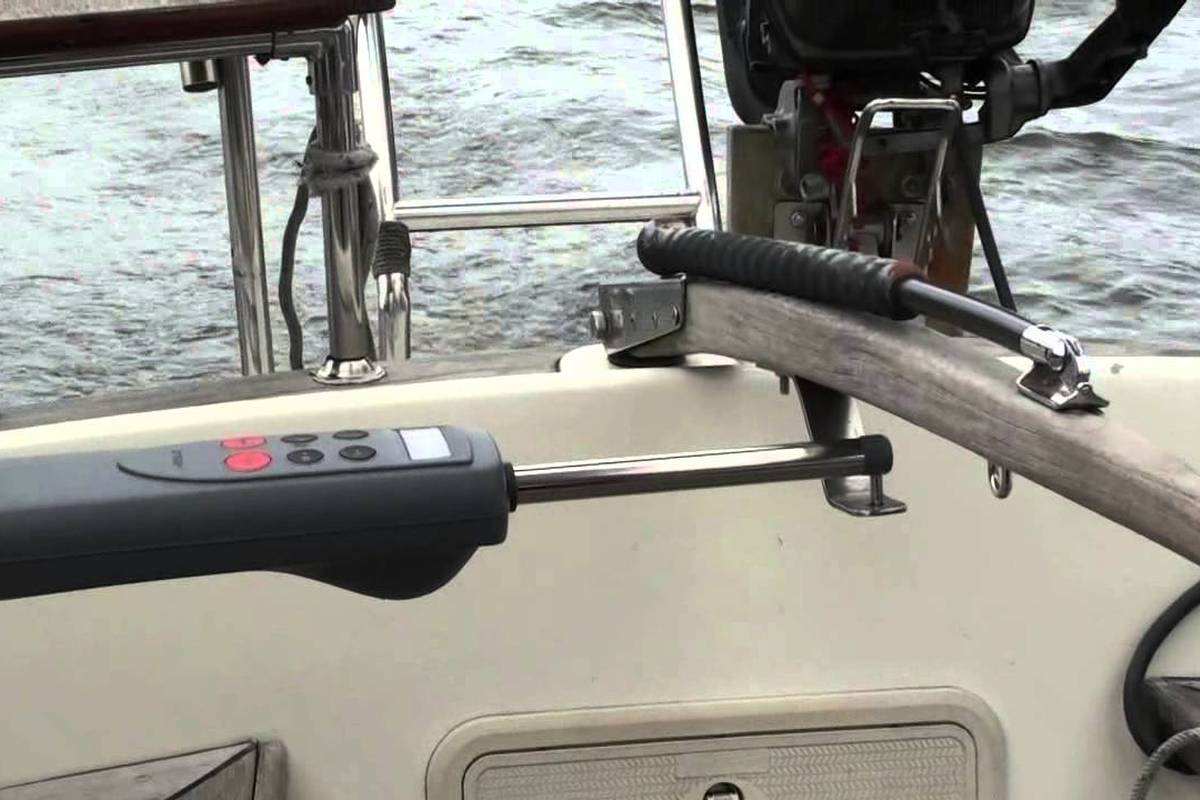
A Side-by-Side Comparison Between the Simrad TP10 and Raymarine ST1000 Plus
.
The Simrad TP10 and Raymarine ST1000 Plus are both tiller pilots designed to automate steering for small to medium-sized sailboats. While both units aim to provide sailors with convenient, hands-free navigation, they come with distinct features, designs, and capabilities that may make one more suitable than the other depending on your specific needs. In this side-by-side comparison, we’ll look at how both tiller pilots fare with each other in certain aspects. Performance Both tiller pilots are designed for similar ranges of boat sizes and displacements. The Simrad TP10 is optimized for boats up to 32 feet in length and 3.7…
-
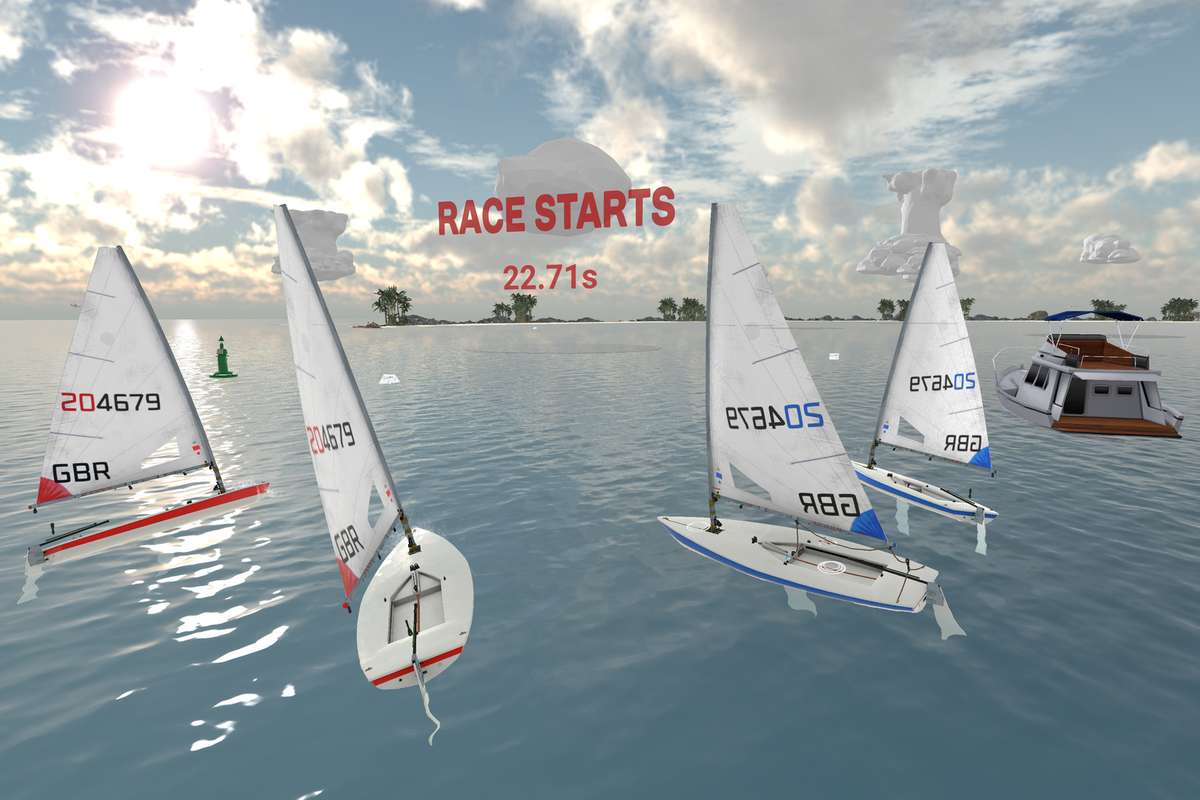
Regatta Recon: The Affordable Sailing App That’s Shaking Up the Game
.
High-end digital compasses like Velocitek, Tacktick, and Sailcomp have been the go-to gadgets for competitive sailors for years. While sophisticated, these devices can set you back hundreds of dollars. Enter Regatta Recon, an affordable performance sailing app for Android and iOS that aims to bring crucial racing tools to your smartphone or tablet, without breaking the bank. Features and Usability Developed by two racing sailors from Charleston, S.C., Regatta Recon offers three core functionalities crucial for competitive sailing which are as follows: Compass Heading and Directional Trend – The app displays your boat’s heading, as well as any degree of lift or header to offer…
-
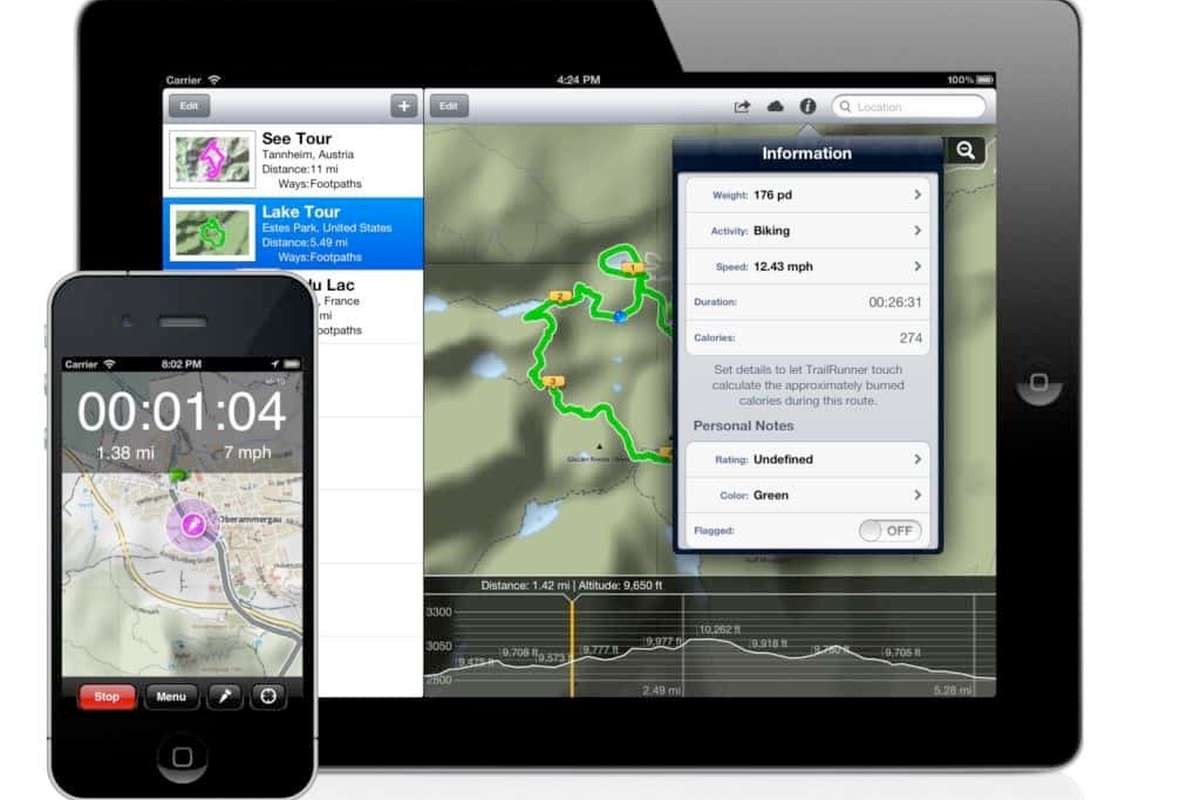
A Look at the Best Navigation Software for Mac Users
.
In the realm of ocean-going adventures, the confluence of technology and seafaring has PLACEHOLDER_LINK_TAG, easier, and more accessible. One pivotal technological advancement is sailing navigation software, and for Mac users, several standouts lead the way. Whether you’re planning an around-the-world adventure or just a weekend on the water, these options offer accuracy, reliability, and ease of use. OpenCPN OpenCPN is an open-source platform which makes it entirely free to use. This software was designed to be straightforward yet powerful, allowing for a host of plug-ins like weather forecasting, AIS target tracking, and nautical chart management. It’s fully customizable and you…
-
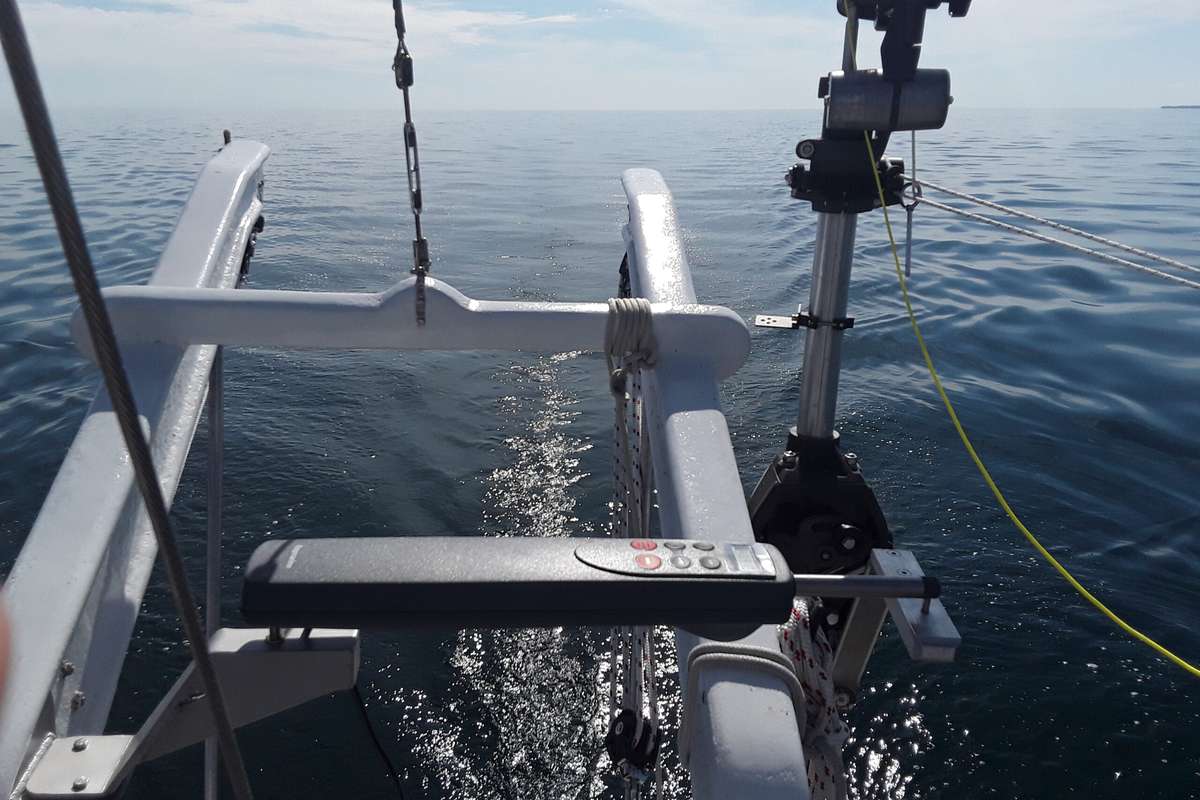
A Guide for Taking Your Tillerpilot to the Next Level
.
The tillerpilot is an invaluable asset for single-handers and small crews who wish to manage long voyages with fewer hands on deck. This handy device maintains your boat’s course, relieving you from the constant need to make manual adjustments. However, its utility extends beyond merely holding a straight line; with a little know-how, you can turn your tillerpilot into a versatile tool for a variety of sailing conditions. That said, here’s how you can take your tillerpilot to the next level: Calibrate for Optimum Performance Out-of-the-box settings work well, but to truly make the most of your tillerpilot, take the…
-
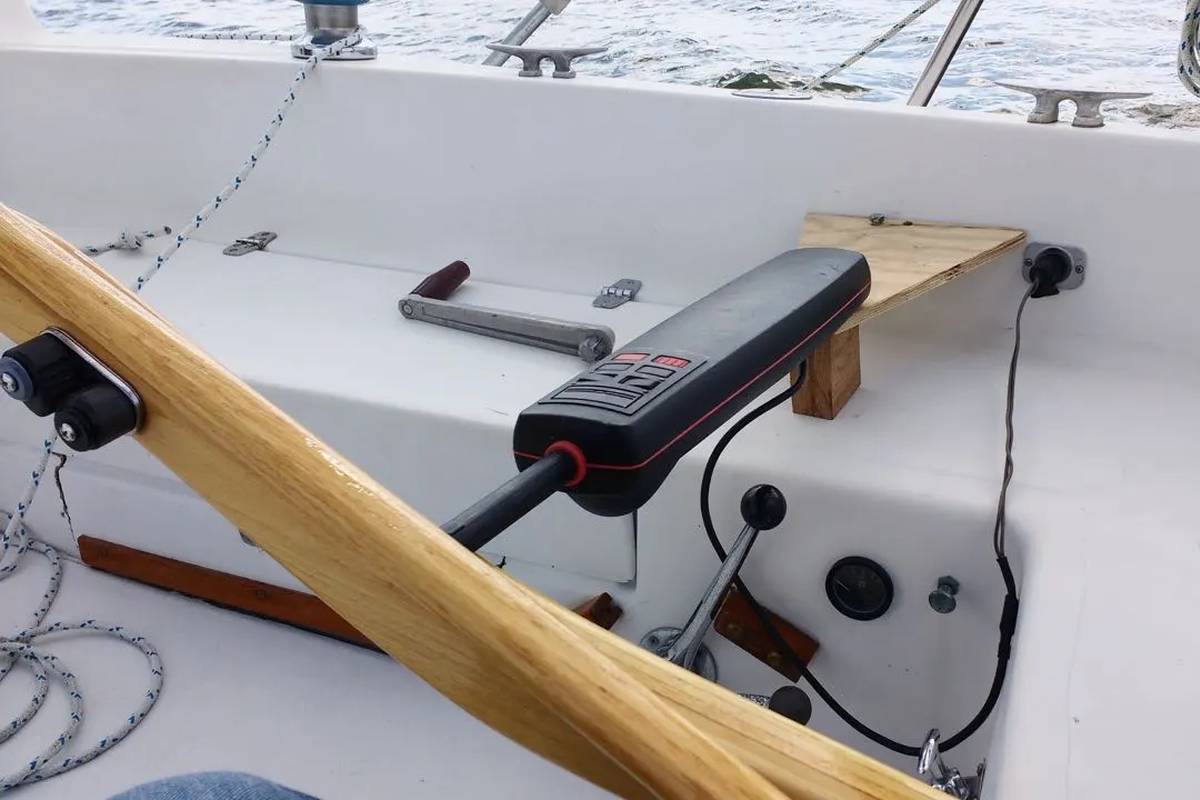
Tips and Cautions for Safely Operating a Tillerpilot
.
A tillerpilot is an automated device that takes over the manual operation of a boat’s tiller, freeing up the skipper for other tasks. While this device can provide convenience and ease, improper use can lead to malfunction and even accidents. Below are some essential tips and cautions to consider when PLACEHOLDER_LINK_TAG. https://www.youtube.com/watch?v=v-743458YRE&ab_channel=Siren17-AdventureandTrailerableSailboats Read the Manual Before anything else, make sure to read the user manual carefully. Understanding the device’s operations and limitations can be the difference between smooth sailing and a problematic journey. Proper Mounting Incorrect installation can lead to a loss of steering control. Ensure that the tillerpilot is…
